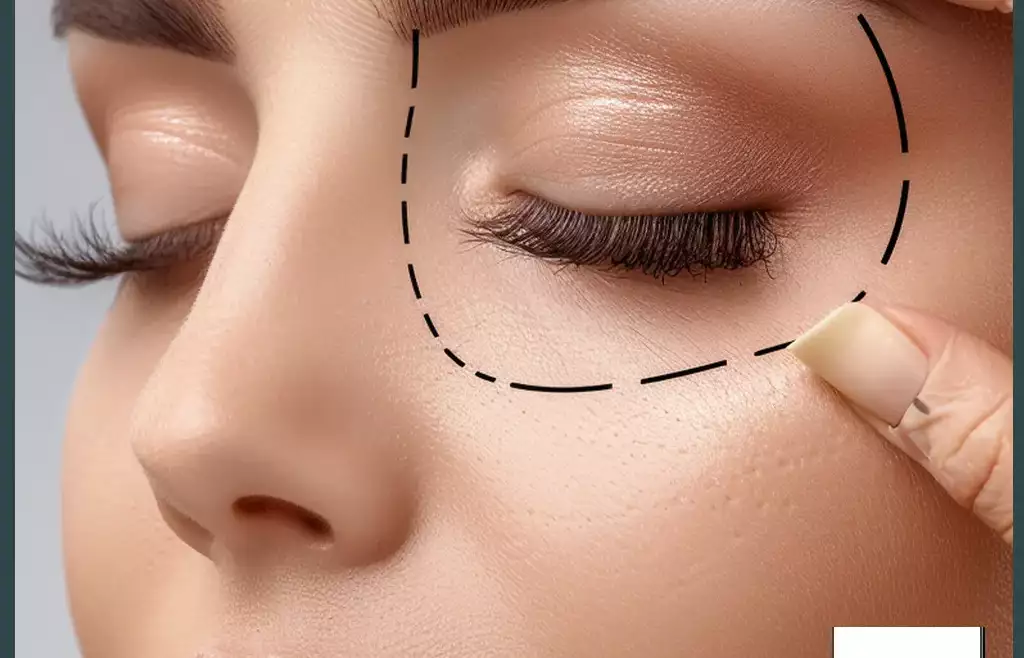Upper Eyelid Lift blepharoplasty What to expect during recovery
Recovery from upper eyelid lift surgery, or blepharoplasty, is typically relatively straightforward. Still, knowing what to expect during this period is essential to ensure proper care to facilitate a smooth healing process. Here is a guide to help you understand what you might experience during recovery:
- Immediate Postoperative Period: After the surgery, you may experience some swelling, bruising, and mild discomfort around the eyes. Your eyelids may feel tight, and you might have difficulty initially closing your eyes. Your surgeon will provide detailed instructions for wound care and pain management after your surgery.
- Swelling and Bruising: After an upper eyelid lift surgery, swelling and bruising are joint and peak within 48 hours before gradually subsiding. Applying cold compresses as your surgeon directs can help reduce swelling and alleviate discomfort. Most swelling and bruising should resolve within the first one to two weeks.
- Sutures Removal: If non-dissolvable sutures are used, they are usually removed within the first week following surgery. Your surgeon will advise you on when to schedule this appointment. Dissolvable sutures will naturally dissolve over time.
- Temporary Changes in Eyelid Appearance: It's normal for your eyelids to appear uneven or feel slightly numb immediately after surgery. These issues usually resolve as swelling subsides and the tissues heal. It may take several weeks for your final results to become apparent as residual swelling diminishes.
- Eye Irritation and Dryness: You may experience temporary dryness, itching, or eye sensitivity during recovery. Your surgeon may recommend lubricating eye drops or ointment to keep the eyes moist and comfortable.
- Activity Restrictions: Avoid heavy lifting, bending, and strenuous activities during recovery to minimize complications and promote healing. Most patients can gradually resume light activities within a few days, but following your surgeon's specific activity guidelines is essential.
- Follow-Up Visits: Attending all follow-up appointments with your surgeon is essential to ensure proper healing and monitor your progress. Your surgeon will assess your eyelids, remove any remaining sutures if necessary, and address any concerns you may have.
Following your surgeon's postoperative instructions, staying diligent with wound care, and allowing yourself adequate time to rest and heal, you can expect a smooth and successful recovery from upper eyelid lift surgery. If you have any concerns or experience unusual symptoms during recovery, don't hesitate to contact your surgeon for guidance and support.
Upper Eyelid Lift blepharoplasty risks
Like any surgical procedure, upper eyelid lift surgery (blepharoplasty) carries risks and potential complications, although they are relatively rare. It's essential to be aware of these risks before undergoing the procedure. Here are some of the possible risks associated with upper eyelid lift blepharoplasty:
- Bleeding: Excessive bleeding during or after cosmetology surgery is possible, though uncommon. Your surgeon will take precautions to minimize the risk of bleeding and will provide instructions on managing it if it occurs.
- Infection: Infections can occur at the incision following surgery to reduce the risk. Your surgeon will prescribe antibiotics for infection and provide instructions on properly caring for the incisions.
- Scarring: While efforts are made to place incisions in discreet locations, there is always a risk of visible scarring. However, with proper wound care and advanced surgical techniques, scarring is usually minimal and fades over time.
- Asymmetry: Achieving perfect symmetry between the two eyelids is challenging, and slight differences in appearance between the two eyes may occur after surgery. In most cases, these differences are minor and not noticeable.
- Dry Eyes: Some patients may experience temporary dryness or eye irritation following surgery. This usually resolves independently or can be managed with lubricating eye drops.
- Ectropion or Entropion: In rare cases, the lower eyelid may droop away from the eye (ectropion) or turn inward (entropion) following surgery. These conditions may require additional treatment or surgical correction.
- Ptosis: Drooping of the upper eyelid (ptosis) may occur as a complication of surgery, particularly if too much skin or muscle is removed. Revision surgery may be necessary to address this issue.
- Vision Changes: While uncommon, changes in vision, such as blurriness or double vision, may occur temporarily after surgery. These changes typically resolve as the eyes heal.
- Anesthesia Risks: Risks associated with anesthesia, such as allergic reactions or adverse effects, are possible but rare. Your anesthesiologist has to evaluate your medical history and take precautions to minimize these risks.
It's important to discuss these risks and any concerns you may have with your surgeon before undergoing upper eyelid lift surgery. Your surgeon will evaluate your risk factors and provide personalized recommendations to help minimize the likelihood of complications and ensure a safe and successful outcome.


Leave a reply